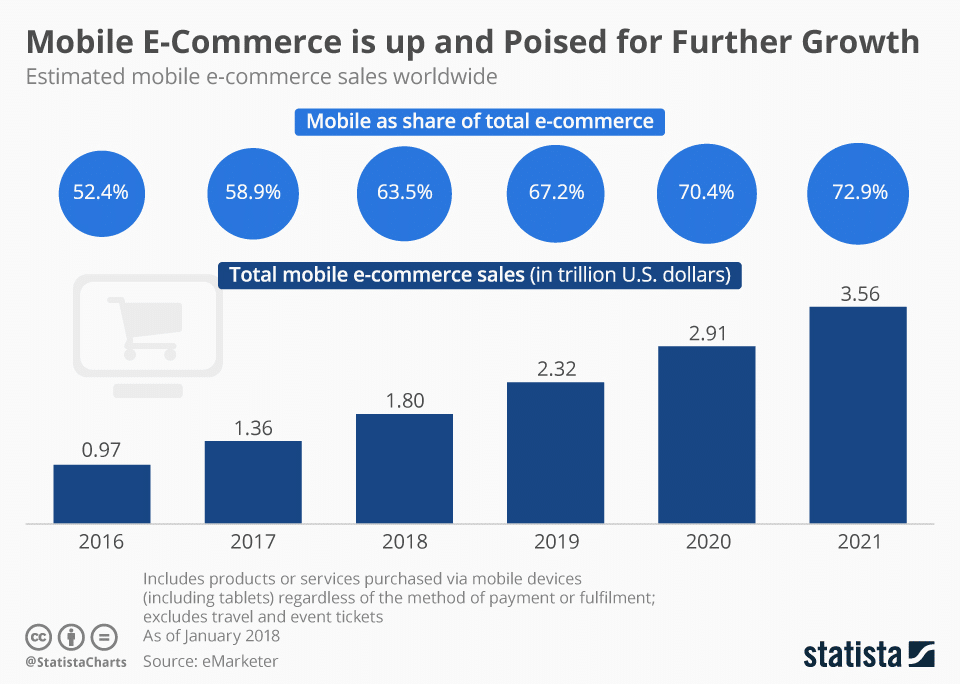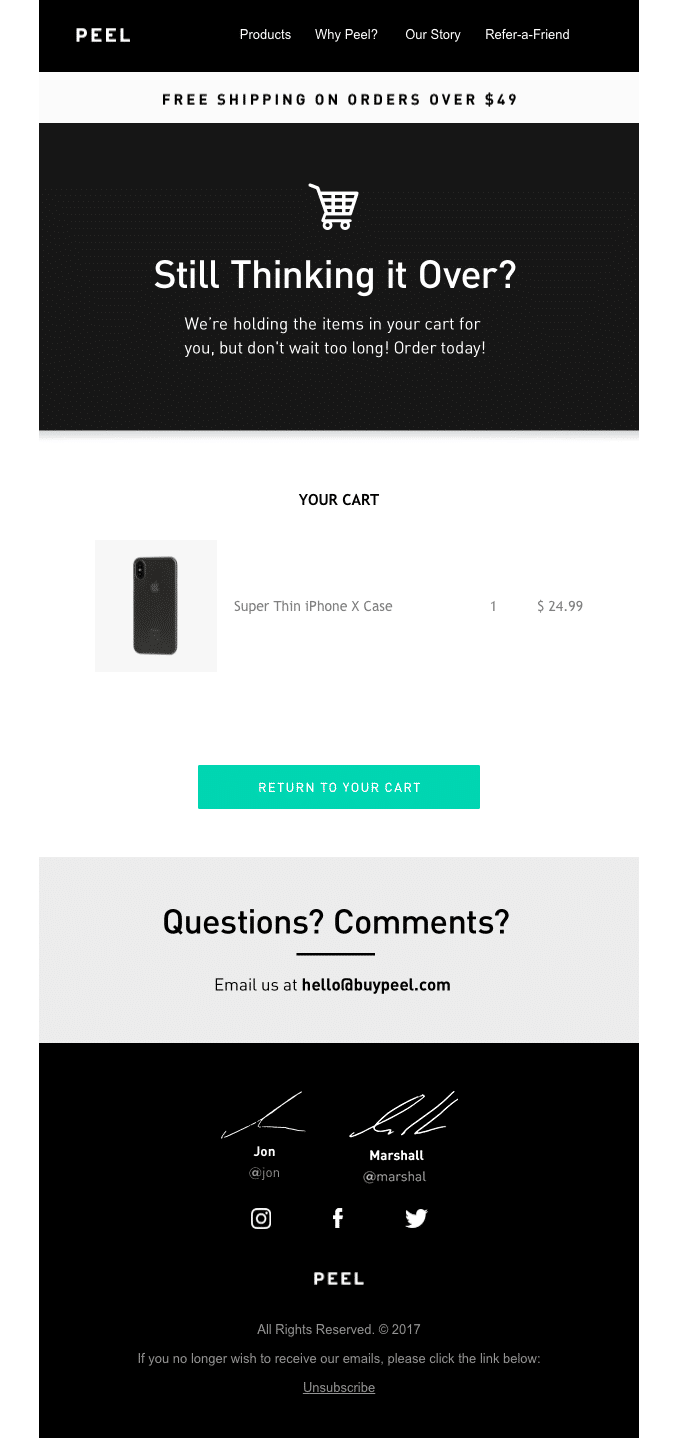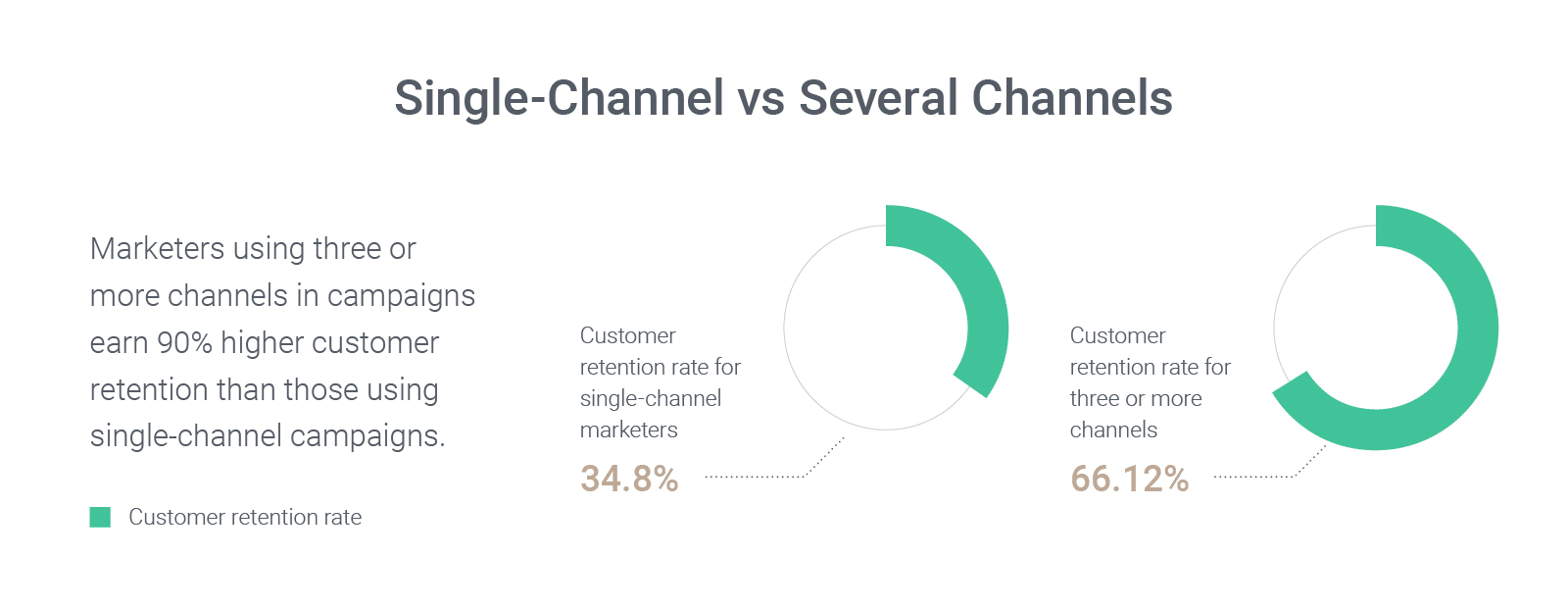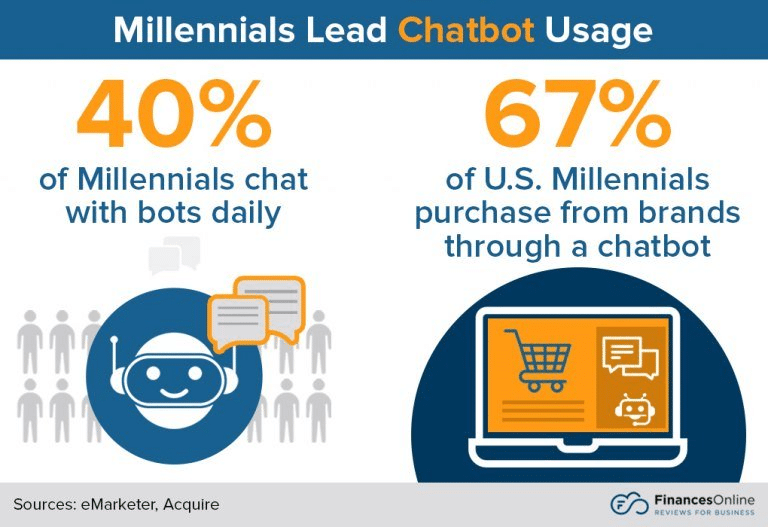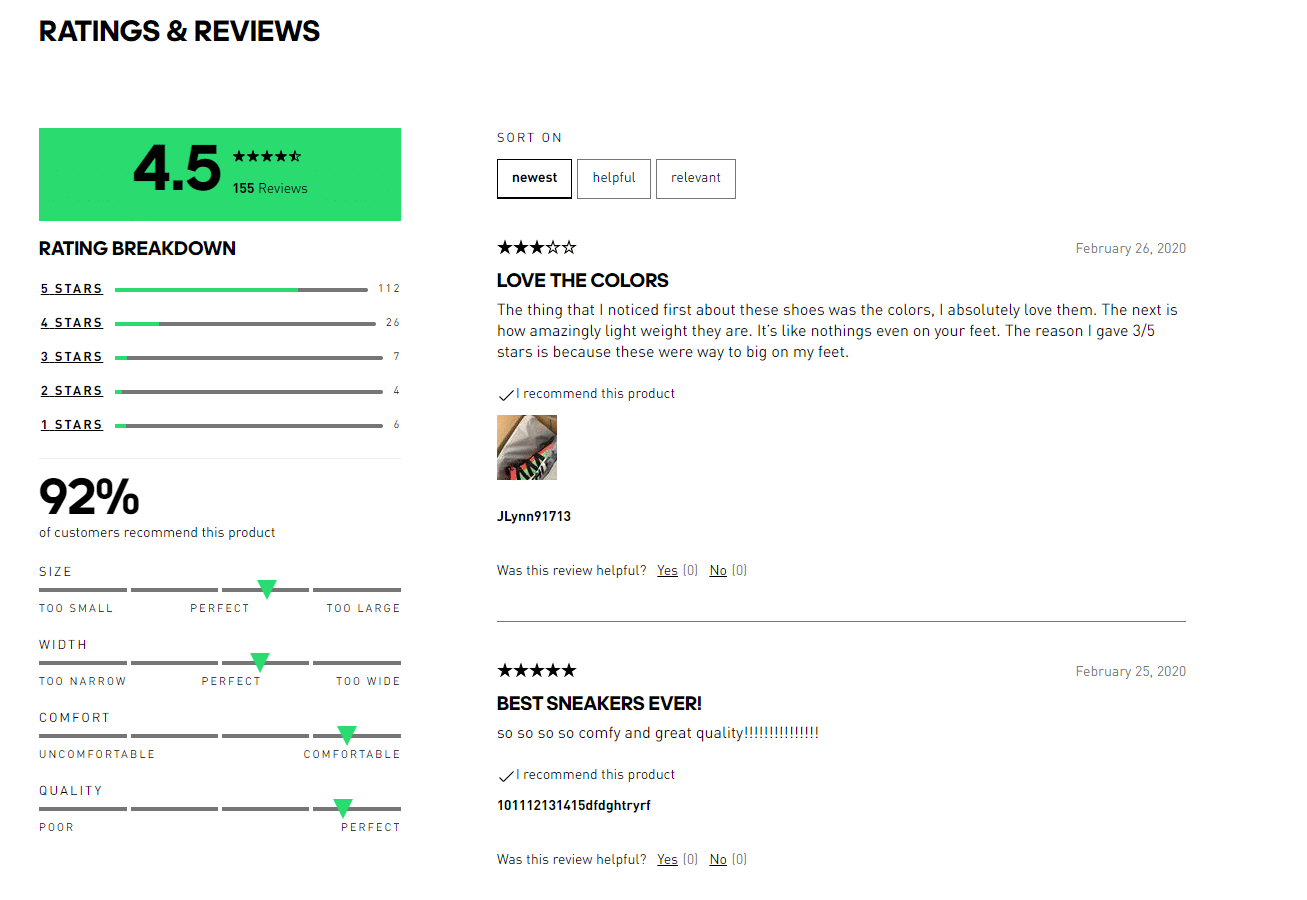If you run an ecommerce store, you’re working in an industry that’s growing every year. With so many of us preferring online shopping to physical stores, it’s no surprise that ecommerce stores are popping up every day.
Running an ecommerce business isn’t always easy, and you won’t get off the ground and stand out among the crowd if you don’t have an effective marketing strategy. If you want to nail your ecommerce growth this year, you’ll need to market your online store.
Marketing is an exciting chance to promote your products, increase your customer base, and define your brand, but it isn’t without pitfalls. Ecommerce business owners should keep an eye out for these seven common ecommerce marketing mistakes.
1. You Don’t Have Target Customers
In an ideal world, your products would appeal to everyone, but that’s rarely the case. The best ecommerce marketing strategies have target customers in mind—the people who are most likely to shop with you. Casting too wide a net means you can’t focus your marketing on those most likely to convert.
The first step in identifying your target customers is to collect data from those already shopping with you. Encouraging customers to sign up for marketing emails gives you a chance to collect data such as average customer age, location, and gender.
Demographic data is a good starting point, but there’s still a lot missing from this information, and blanks that you need to fill. For example, the average person looking for leather office shoes and a business office phone may be of the same gender and age, but that doesn’t mean these products should be marketed in the same way.
This is where you need to create a buyer persona—a clear idea of the ideal customer, their demographic data, and their interests and buying habits.
How to fix: Create buying personas by analyzing demographic data based on your current buyers and pinpointing who the “ideal” customer is for your products and why they should choose your brand over others.
2. You Haven’t Optimized For Mobile
It’s all well and good to market your ecommerce store all over social media, but if users tap through to your website and it isn’t optimized for mobile, your ecommerce conversion rates will plummet.
Mobile ecommerce is on the rise, and not being prepared for mobile shoppers is a big marketing mistake. Both your website and your marketing strategies should be just as effective on mobile devices as they are on traditional browsers.
Optimizing your website and marketing strategies for mobile users has many benefits. Not only are website visitors less likely to bounce and more likely to convert if they have a seamless mobile experience, but you also have the opportunity to market and sell to your customers anywhere.
Whether your customers are commuting to work or on vacation, they can buy your products easily using mobile devices.
How to fix: First, check your website yourself to find out if it is already optimized for mobile. Are there large, unnecessary blank spaces? Is it easy to add products to your shopping cart? Is it simply the browser version of your site on a small screen rather than a mobile website?
If (and when) you find issues, it’s time to speak to your web developers (or hire one) to ensure your site is fully optimized and looking great.
3. You Aren’t Sending Triggered Emails
Triggered emails are emails that are automatically sent based on user behavior. We receive a triggered email, for example, when we purchase a product online, and this email confirms our purchase.
Creating triggered emails for ecommerce customers is often as simple as automating Excel, yet many businesses aren’t making the most out of them as a tool for marketing.
While most ecommerce businesses are sending out triggered emails such as order confirmations, there are other marketing opportunities to be found in triggered emails, too. For example, triggered emails sent after users abandon their online cart have a 42.3% open rate—much higher than standard promotional emails.
Ecommerce business owners and marketers know how frustrating online shopping cart abandonment is. A triggered abandoned cart email is an opportunity not only to convert those abandoned carts to sales, but also for marketers to get direct access to individual customers and promote products and sales.
How to fix: Using the same email automation you use for sending order confirmations, create abandoned cart emails so that customers receive 1-3 emails over the week after they have abandoned their cart.
Consider adding a discount or free shipping to the second or third email to give customers the extra push.
4. Your Marketing Strategy Isn’t Omnichannel
Marketers have a lot of ground to cover these days. With multiple social media platforms, email, paid ads, and more taking up our time and attention, it’s difficult to figure out where to focus our marketing strategies. The best ecommerce marketing strategies, however, are omnichannel.
What is omnichannel marketing? As online shoppers hop between devices, websites, and social media platforms, omnichannel marketing provides a consistent, coherent experience for users everywhere. This means having a cohesive, seamless customer experience across all sales and marketing channels.
Whether your customer interacts with your business via a Facebook ad or calls your virtual business line, the branding and messaging should be identical. This increases brand awareness, solidifies brand identity, and ensures that customers are repeatedly reminded of you as they hop between channels.
How to fix: Review your marketing strategy across all channels and ensure it is consistent and seamless.
5. Your Website Content Isn’t SEO-Friendly
Not ensuring that website content is SEO-friendly is one of the biggest ecommerce marketing mistakes. Everything from the meta-descriptions of landing pages to your product descriptions should be written with search engines in mind.
Your SEO efforts shouldn’t only focus on essential website content—there should be lots of content on your website if you want it to rank highly. Creating unique, useful, and high-quality content is great for search engines, social media, and your website visitors.
The easiest way to insert this sort of content onto your website is to create a blog. Providing buying guides, top ten lists, and tutorials for your target customers will draw them to your website and make your site as a whole more SEO-friendly.
How to fix: Conduct SEO analysis on your website and see how it ranks. Continually optimize individual pages and set up a blog so that you can continuously create high-quality content and improve your search ranking.
6. Customers Can’t Get in Touch With You
A business phone service along with other communication channels such as email and messaging on social media is an essential part of ecommerce customer service and marketing.
There’s nothing more frustrating for a customer than needing to contact a business and being unable to get in touch because contact information is not clearly displayed on the website.
Another opportunity for ecommerce business owners to market their shop and create a more interactive customer experience is to use chatbots. Chatbots are an increasingly popular AI-driven tool for ecommerce websites, as they can provide customer support, promote and sell products, and collect valuable customer data.
How to fix it: Ensure your website’s layout makes it easy for customers to find your contact details and get in touch. Consider investing in chatbot software that can assist customers with purchases and answer their questions.
7. You Don’t Leverage Social Proof
Whether you’re marketing to your customers or even hiring staff through your recruitment team, chances are that the targets of your marketing strategies will do their research. A quick Google search for your company will pull reviews from across the internet—good and bad.
While there’s only so much that marketers can do about bad reviews, a common ecommerce marketing mistake is not to leverage the good ones. Positive feedback about your products and customer service are social proof and improve your brand’s trustworthiness.
This is even more important to ecommerce businesses as, unlike physical stores, customers can’t physically see and touch the items you sell. They have to rely on social proof to make decisions when online shopping.
Your online store, social media pages, and promotional emails should leverage social proof. This can include openly displaying reviews of individual products, sharing positive customer experiences, and offering customers a discount if they review your products, so you have plenty of social proof to choose from.
How to fix it: Encourage customers to leave reviews and share their experience on social media by offering discounts on future purchases. Leverage social proof by displaying and sharing positive feedback you receive from customers.
Conclusion
When you run or market an ecommerce business, you can expect there will be some marketing mistakes along the way. Marketing channels will be forgotten about and web pages won’t be optimized.
Luckily, there’s a wealth of advice out there, including this guide, from those with plenty of experience making and remedying these common errors.
Whenever you start a new marketing campaign or you’re spot-checking the marketing you have in place, make note of the seven common marketing mistakes listed here and use them as a guideline to ensure you aren’t missing the mark anywhere.
In the long run, understanding and learning from your mistakes will lead to a more successful online store—one that you and your customers can enjoy.



